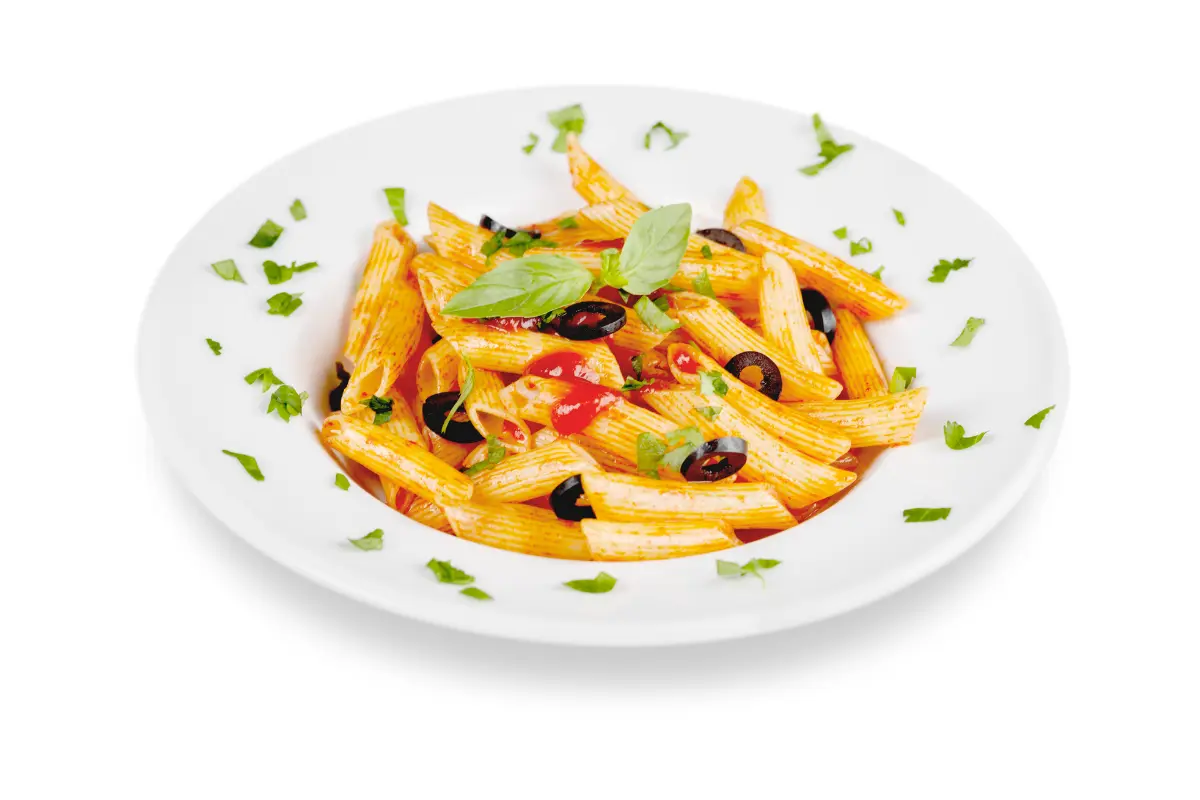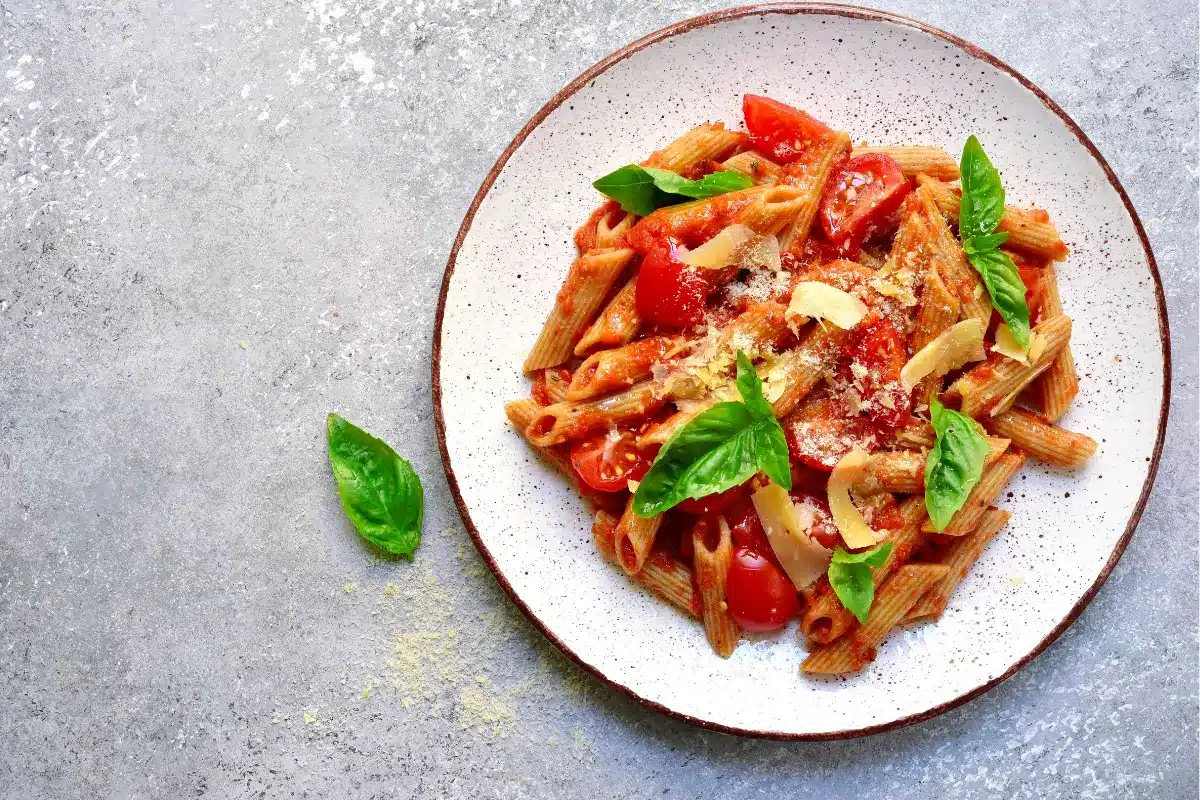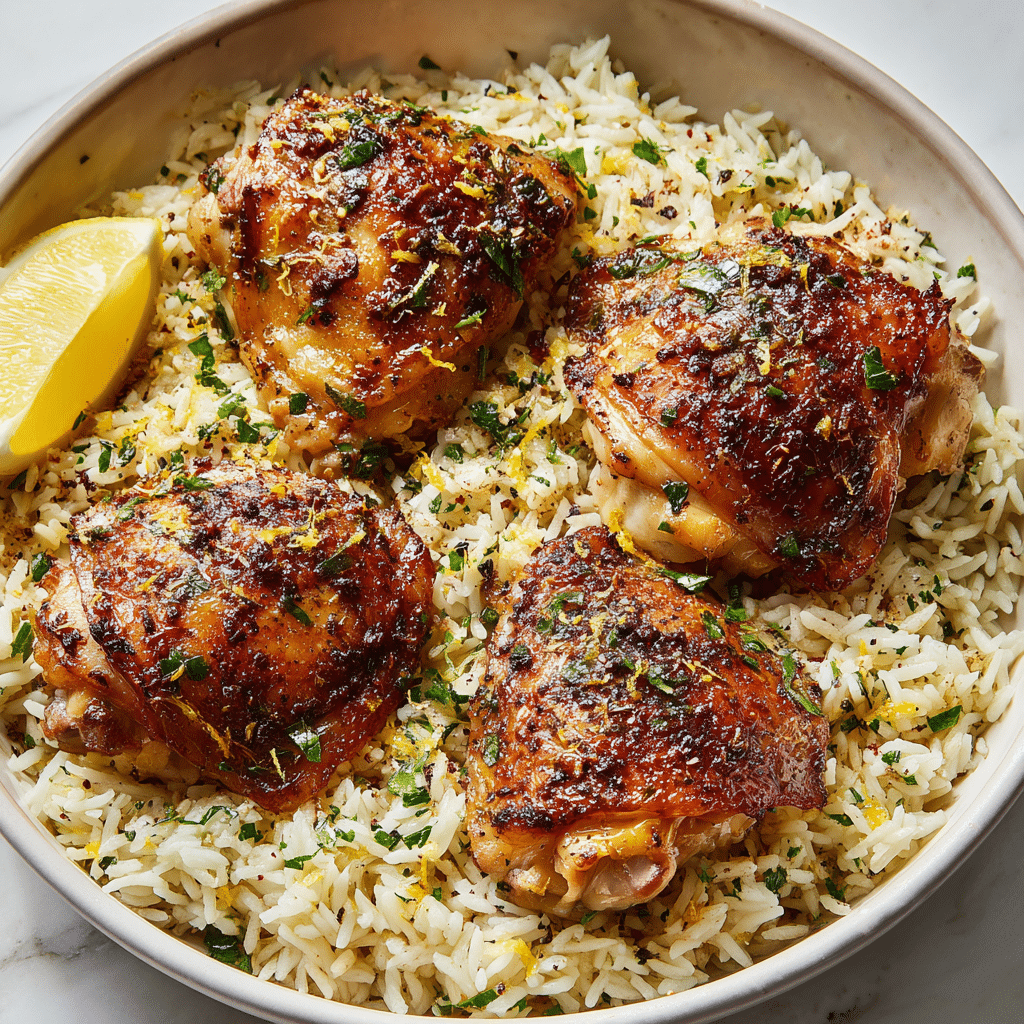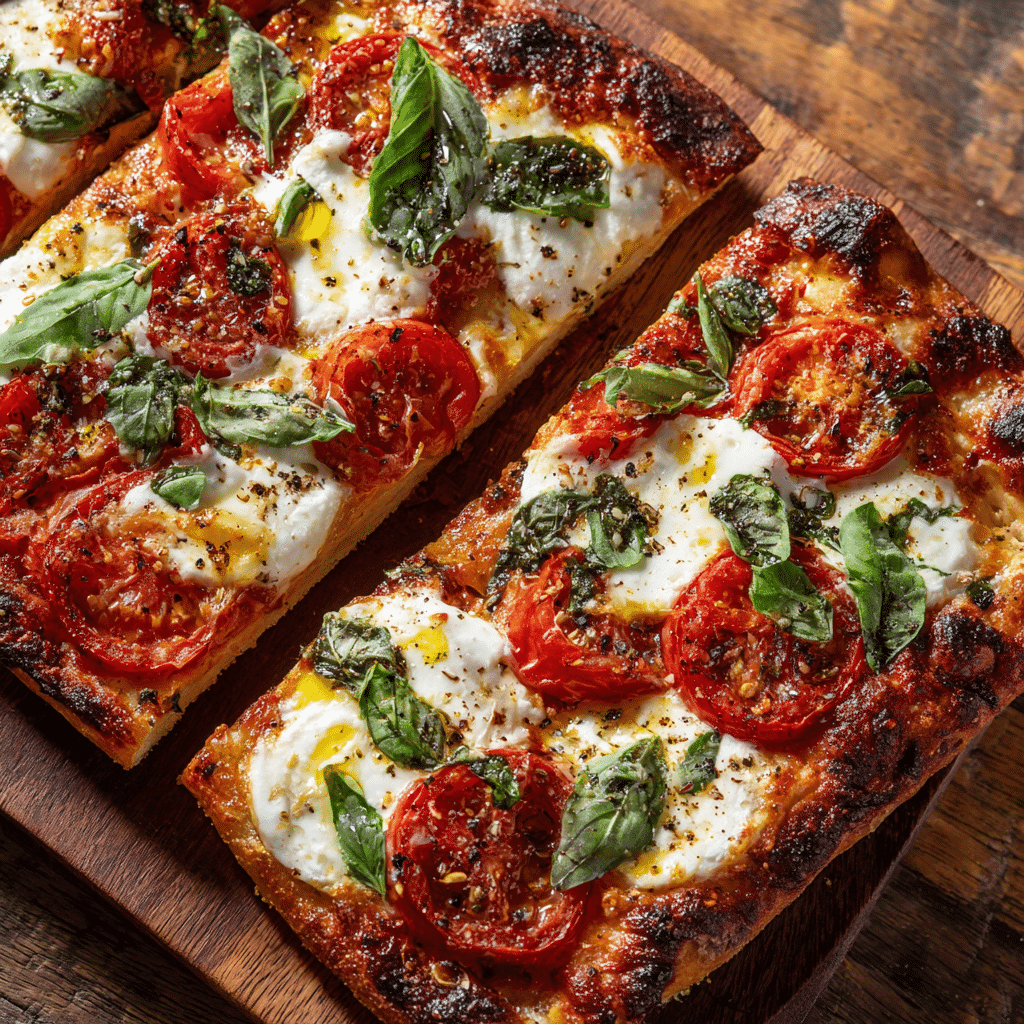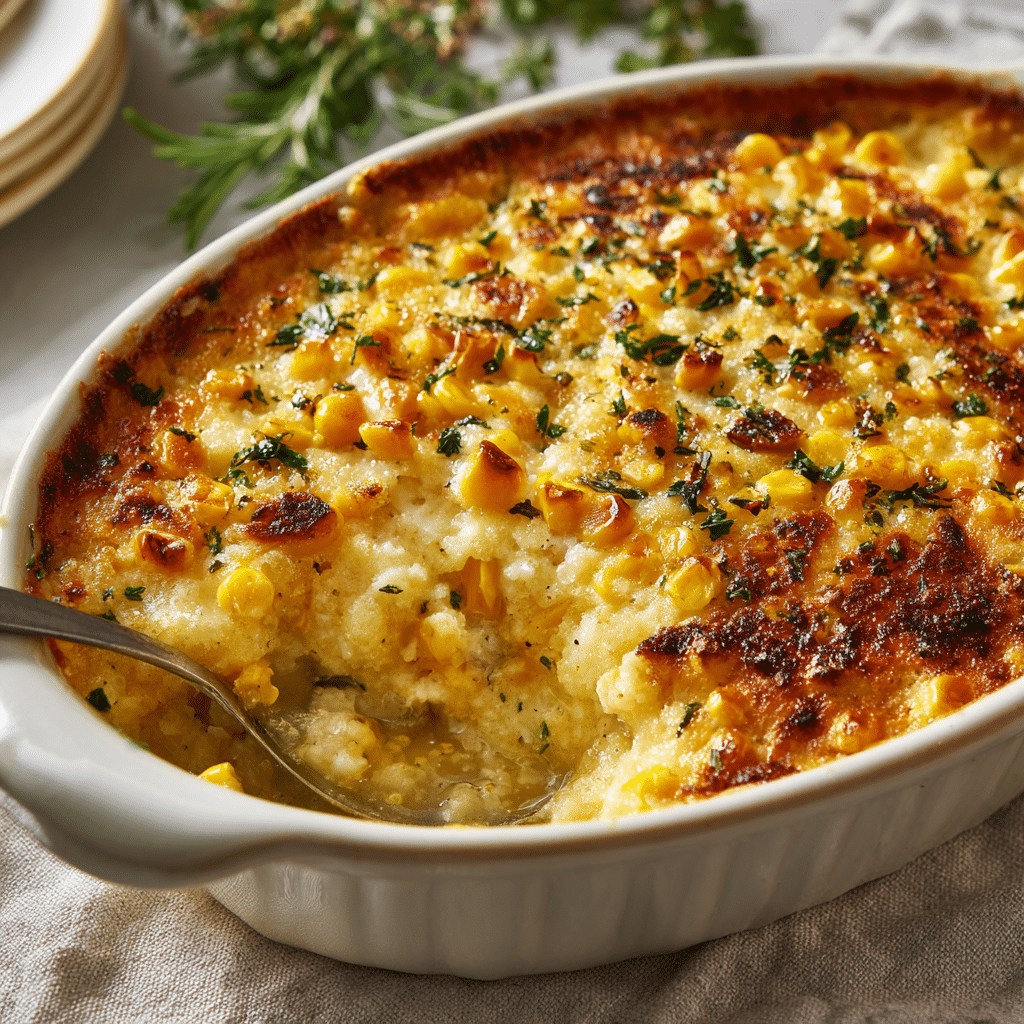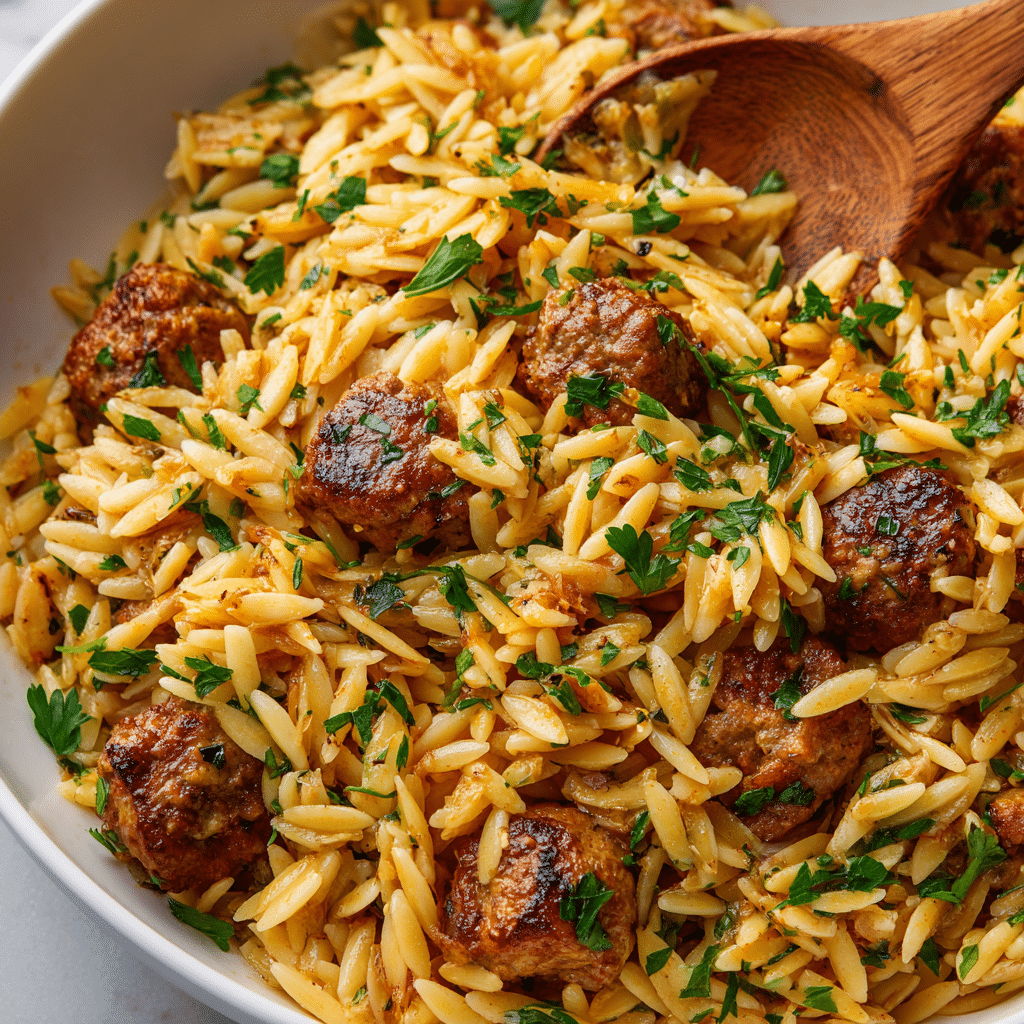rasta pasta recipe, a dish as vibrant and engaging as its name suggests, promises a culinary adventure that marries the hearty essence of pasta with the fiery zest of Caribbean flavors. This article, divided into thoughtfully curated sections, aims to navigate you through the origins, nuances, and steps to crafting your own rasta pasta masterpiece. Beyond a mere recipe, we delve into the cultural tapestry that gives this dish its soul, offering variations, tips, and insights that ensure every reader can tailor it to their taste. From the seasoned chef to the curious novice, join us on this flavorful journey, and let’s bring the spirit of the Caribbean to your table.
Understanding the Roots
At the heart of rasta pasta’s creation is the desire to combine the bold flavors of Jamaican cooking with the universal love for pasta. Named for its resemblance to the Rastafarian flag, with its vibrant red, green, and gold colors, this dish is a symbol of cultural harmony. The jerk seasoning, a cornerstone of Jamaican cuisine, introduces a level of heat and flavor that is unmistakably Caribbean, while the pasta offers a comforting base, making the dish an irresistible fusion of tastes.
Why You’ll Love It
Rasta pasta doesn’t just offer a burst of flavor with every bite; it’s also a canvas for creativity. Whether you’re a meat-lover or a vegetarian, this dish welcomes variations, making it a perfect fit for any table. Its simplicity in preparation means that from start to finish, you’re only a short while away from enjoying a hearty, satisfying meal that’s sure to impress.
Key Ingredients
- 2 cups penne pasta
- 1 tablespoon olive oil
- 1 stalk green onion
- 1 large garlic clove
- 1 pack Knorr Parma Rosa Sauce Mix
- 2 cups grated cheese (mozzarella or sharp cheddar)
- 2 bell peppers (red and green)
- 1 1/2 – 2 cups milk
- 1 teaspoon jerk seasoning
The introduction to rasta pasta recipe sets the stage for a culinary adventure that’s as rich in culture as it is in flavor. As we move forward, we’ll guide you through each step of creating this beloved dish, ensuring you have all the information and inspiration you need to make it uniquely yours. So, grab your apron, and let’s embark on this delicious journey together.
What You Need to Know Before Cooking
Embarking on the journey to create the perfect rasta pasta requires a bit more than just tossing ingredients into a pot. To ensure your dish sings with authenticity and flavor, understanding the key components and their roles is crucial. This section illuminates the essentials, from selecting your ingredients to embracing the versatility of the dish.
Selecting the Right Ingredients
Creating a dish that’s both authentic and adaptable means paying close attention to the ingredients you choose. Here’s what you need to consider:
- Jerk Seasoning: The soul of rasta pasta recipe, jerk seasoning, packs a punch. Whether you opt for homemade or store-bought, look for a blend that balances heat with sweet and savory notes. It’s what gives the dish its distinctive Caribbean flair.
- Pasta Choices: While penne pasta is traditional, don’t shy away from using what you have on hand or prefer. The goal is a pasta that holds up well to the rich, creamy sauce.
- Protein Options: Traditionally, chicken, shrimp, or even oxtail are the go-tos. However, for our vegetarian friends, consider hearty alternatives like chickpeas or grilled tofu to keep that satisfying texture.
Understanding Your Proteins
- Meat Preparation: If you’re leaning towards chicken or shrimp, marinating them in jerk seasoning ahead of time can deepen the flavors. For those opting for oxtail, slow cooking it until tender ensures it falls right off the bone.
- Vegetarian Proteins: Grilled tofu or chickpeas can be marinated in jerk seasoning as well. They not only absorb the flavors but also add a delightful texture contrast to the creamy pasta.
The Vegetarian and Vegan Twist
The beauty of rasta pasta is its flexibility. For a vegan version, substitute dairy products with their plant-based counterparts. Nutritional yeast and vegan cheese can provide the creamy texture and savory taste, while coconut milk is a great alternative to regular milk, adding an extra layer of Caribbean authenticity.
By keeping these considerations in mind, you’re not just making a meal; you’re crafting an experience. With the right ingredients and a dash of creativity, your rasta pasta will not only be a tribute to its roots but also a reflection of your personal taste. So, before you fire up the stove, take a moment to envision the flavors you want to bring to the table. With these insights, you’re well on your way to creating a dish that’s as unique as it is delicious.
Step-by-Step Cooking Guide
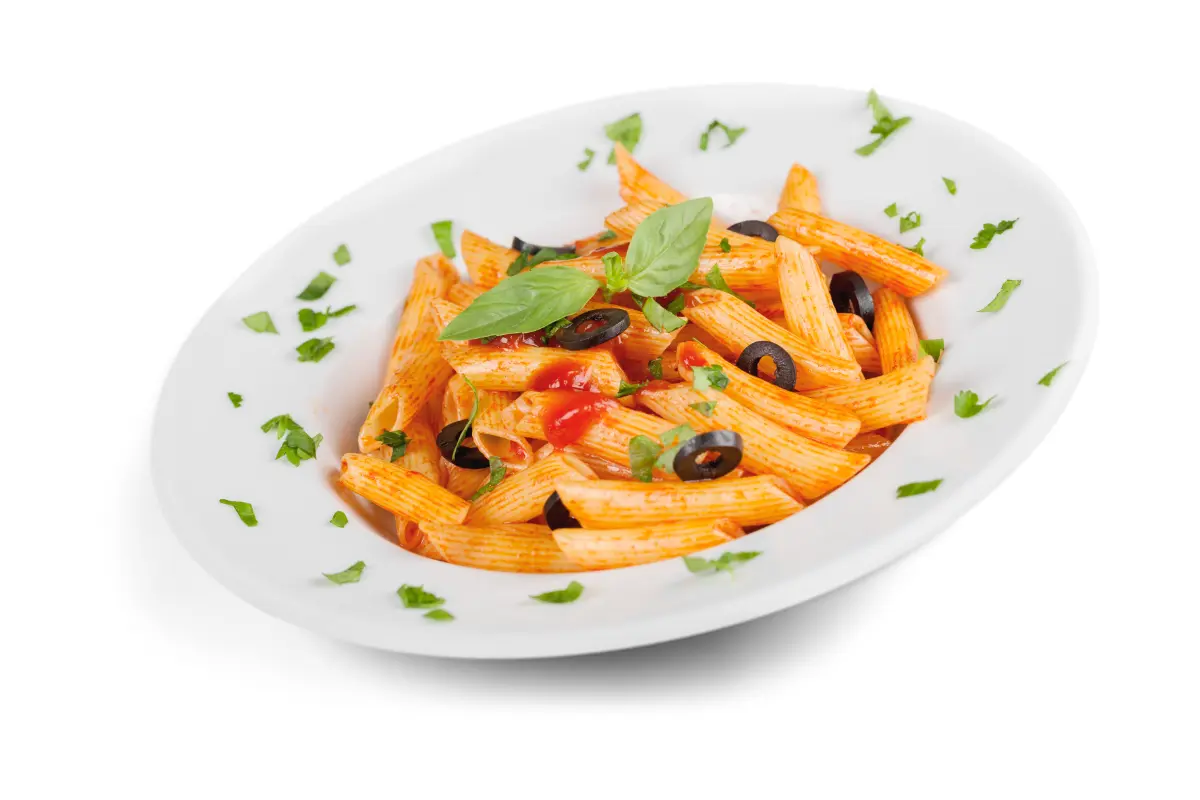
Now that we’ve prepped our ingredients and embraced the essence of rasta pasta, it’s time to dive into the heart of cooking. This step-by-step guide will walk you through creating this mouthwatering dish, ensuring a perfect blend of flavors and textures. So, roll up your sleeves, and let’s bring this culinary delight to life.
Preparation of Ingredients
Before we jump into the heat of things, a little prep goes a long way:
- Marinate Your Protein: If using chicken or shrimp, marinate them in jerk seasoning for at least an hour (overnight is even better) to infuse them with flavor.
- Prep Your Veggies: Slice bell peppers into thin strips and finely chop your green onions and garlic. These will be the vibrant backbone of your dish.
Main Cooking Process
With everything prepped, the cooking process is a breeze:
- Cook the Pasta: Bring a large pot of salted water to a boil. Add the penne pasta and cook according to the package’s instructions until al dente. Drain and set aside.
- Sauté the Base: In a large skillet, heat a tablespoon of olive oil over medium heat. Add the green onions and garlic, sautéing until fragrant. This is where your kitchen starts to smell amazing.
- Add the Jerk Seasoning: Sprinkle in your jerk seasoning, letting it cook for a minute or two. The spices will begin to release their flavors, creating a rich base for your sauce.
- Create the Creamy Sauce: Pour in the milk slowly, stirring continuously to avoid lumps. Once the milk is heated through, add the Knorr Parma Rosa Sauce Mix, whisking until the sauce thickens.
- Combine with Pasta: Add the cooked pasta to the sauce, ensuring each piece is generously coated. This is where the magic happens, as the pasta absorbs the flavors of the sauce.
- Add the Proteins and Veggies: If using chicken or shrimp, add them now, along with the bell peppers. Toss everything together until the protein is heated through and the peppers are just tender but still vibrant.
- Cheese It Up: Lastly, stir in the grated cheese until it melts into the sauce, creating that irresistible creamy texture.
Finishing Touches and Serving
With your rasta pasta now ready, it’s all about the presentation and final touches:
- Garnish: Sprinkle with chopped green onions or a dash more of jerk seasoning for extra color and flavor.
- Serve: Dish out generous portions and enjoy the harmony of flavors. Rasta pasta pairs wonderfully with a side of garlic bread or a simple green salad for a complete meal.
Congratulations, you’ve just created a dish that not only tantalizes the taste buds but also transports you straight to the heart of the Caribbean. This step-by-step guide ensures that whether it’s a weeknight dinner or a special occasion, your rasta pasta will be a hit. Enjoy the fruits of your labor, and don’t forget to share this culinary journey with friends and family. Bon appétit!
jerk seasoning is a cornerstone of Jamaican cuisine
Customizing Your Rasta Pasta
The beauty of rasta pasta lies not just in its vibrant flavors but also in its versatility. This section explores how you can customize this dish to suit your palate, dietary preferences, or just to experiment with new flavors. Whether you’re a staunch meat lover or a dedicated vegetarian, there’s a variation of rasta pasta recipe for you.
Variations of Rasta Pasta
- Protein Variations: While chicken and shrimp are traditional favorites, don’t hesitate to venture beyond. Oxtail, with its rich flavor and tender texture, makes an exquisite addition. For a vegetarian twist, roasted chickpeas or sautéed mushrooms provide a satisfying depth.
- Vegan Rasta Pasta: For those embracing a vegan lifestyle, this dish easily adapts to meet your needs. Substitute dairy cheese and milk with vegan alternatives like cashew cheese and coconut milk, respectively. These ingredients not only maintain the creamy consistency but also add unique flavors.
Adjusting the Spice Level
- Heat to Your Liking: The jerk seasoning is the heartbeat of rasta pasta, offering both warmth and complexity. If you’re sensitive to spice, start with a smaller amount and adjust according to taste. Conversely, if you’re a fan of fiery dishes, feel free to amp up the jerk seasoning or add chopped Scotch bonnet peppers for an extra kick.
Creative Add-Ins
- Vegetables: Beyond bell peppers, consider incorporating spinach, kale, or cherry tomatoes for added nutrition and color. These not only contribute to the aesthetic appeal but also enhance the dish’s nutritional value.
- Cheese Choices: While mozzarella and cheddar are go-to options for their meltability and flavor, exploring with smoked gouda or pepper jack can introduce new dimensions of taste.
Tailoring to Dietary Needs
- Gluten-Free Options: For those avoiding gluten, gluten-free pasta varieties are readily available and can be substituted directly. Ensure to check the labels of your jerk seasoning and sauce mix, or opt for homemade versions to control the ingredients.
This customization guide for rasta pasta recipe encourages you to explore and experiment, making the dish uniquely yours each time you prepare it. Remember, cooking is an art, and with rasta pasta recipe, you’re painting with bold flavors and colors. So, don’t be afraid to adjust, substitute, and innovate. After all, every great dish has a little bit of the chef’s soul in it. Embrace your creativity and let your culinary flag fly high with your personalized version of rasta pasta.
Nutrition and Dietary Considerations
When indulging in the rich, creamy, and spicy flavors of rasta pasta recipe, it’s also worth considering the nutritional aspects and how it fits into various dietary considerations. This part of our guide will shed light on the health benefits of this beloved dish and offer suggestions for those looking to adapt it to their dietary needs.
Health Benefits
Rasta pasta, with its array of ingredients, can be a wholesome meal when prepared thoughtfully. Here’s what you stand to gain nutritionally:
- Bell Peppers: These vibrant veggies are not just for color; they’re packed with vitamins C and A, promoting immune health and vision.
- Protein Choices: Whether you opt for chicken, shrimp, or plant-based proteins like chickpeas, you’re looking at a good source of protein necessary for muscle repair and growth.
- Whole Wheat Pasta: Opting for whole wheat pasta can increase the dish’s fiber content, aiding in digestion and providing a slower release of energy.
Making Rasta Pasta Gluten-Free
For those avoiding gluten, substituting regular pasta with a gluten-free variety is an easy swap. Ingredients like jerk seasoning and sauce mixes should be checked for gluten-containing additives. Many stores offer gluten-free jerk seasoning, or you could make your own blend using gluten-free spices.
Low-Calorie and Dairy-Free Alternatives
While rasta pasta recipe is known for its rich, creamy sauce, there are ways to lighten the dish without sacrificing flavor:
- Low-Calorie: Use light coconut milk instead of regular milk and dairy-free cheese alternatives. These substitutions can help reduce the calorie count while maintaining a creamy texture.
- Dairy-Free: For a dairy-free version, opt for plant-based cheese and milk alternatives. Nutritional yeast can also add a cheesy flavor without actual cheese.
By keeping these nutrition and dietary considerations in mind, rasta pasta can be a versatile dish that fits into various eating habits and preferences. Whether you’re watching your calorie intake, avoiding gluten, or following a dairy-free diet, there are adjustments you can make to enjoy this flavorful dish in a way that suits your lifestyle. Enjoying rasta pasta doesn’t have to be a guilty pleasure; with the right tweaks, it can be a nutritious part of your meal rotation.
FAQs about rasta pasta recipe
Diving into the world of rasta pasta, it’s natural to have questions, especially if you’re whipping up this flavorful dish for the first time. This section aims to clear up common queries, giving you the confidence to create a perfect bowl of rasta pasta every time. Let’s tackle some frequently asked questions based on the “people also ask” section and general curiosity around this delicious dish.
Can I Make Rasta Pasta Without Jerk Seasoning?
Absolutely! While jerk seasoning is a key ingredient that gives rasta pasta recipe its signature Caribbean kick, you can customize the spice blend to suit your taste or availability. Consider using a combination of smoked paprika, garlic powder, a pinch of cayenne, thyme, and allspice as an alternative. The goal is to capture that spicy, aromatic flavor profile that defines the dish.
How Do I Keep My Pasta From Becoming Mushy?
To prevent mushy pasta, cook it al dente, meaning it should be tender but still have a slight bite to it. Start tasting the pasta a few minutes before the package’s recommended cooking time. Once it’s drained, a quick rinse under cold water can stop the cooking process immediately, preserving its perfect texture.
What’s the Best Cheese for Rasta Pasta?
While the recipe traditionally calls for mozzarella or cheddar, the best cheese for rasta pasta recipe is one that melts well and complements the spicy jerk flavors. Experiment with gouda for a smoky touch or provolone for a milder taste. Vegan options like cashew cheese or nutritional yeast can also work wonders for dairy-free versions.
Can Rasta Pasta Be Made Ahead of Time?
Yes, rasta pasta can be prepared in advance, making it a fantastic option for meal prep or entertaining. To reheat, gently warm it on the stove with a splash of milk or water to loosen the sauce. This method helps maintain the creamy consistency and vibrant flavors.
Is Rasta Pasta Spicy?
The spice level of rasta pasta largely depends on the jerk seasoning used. Traditional jerk seasoning has a kick, but it’s balanced with sweet and savory notes. If you’re sensitive to spice, start with less seasoning and adjust gradually. For those who love heat, feel free to add more jerk seasoning or even a dash of Scotch bonnet pepper sauce.
